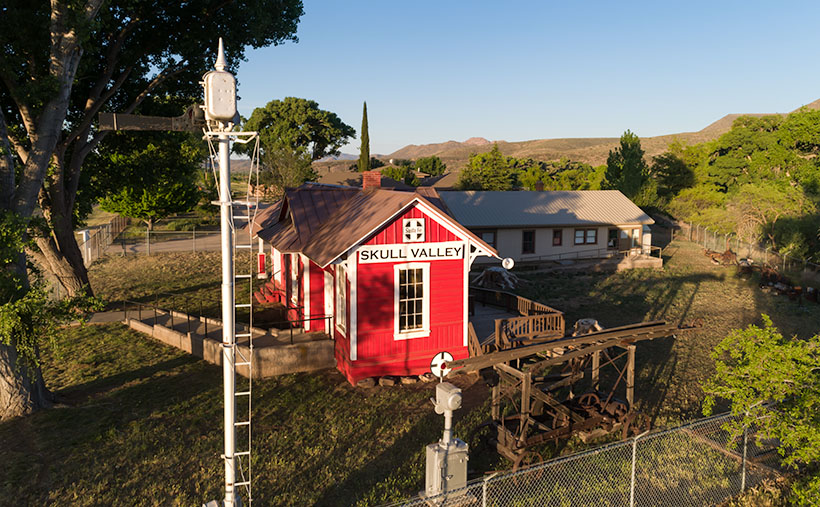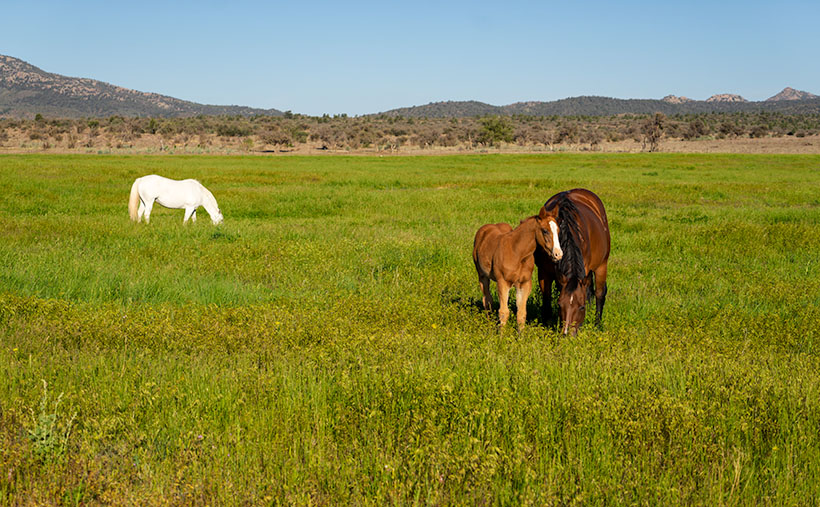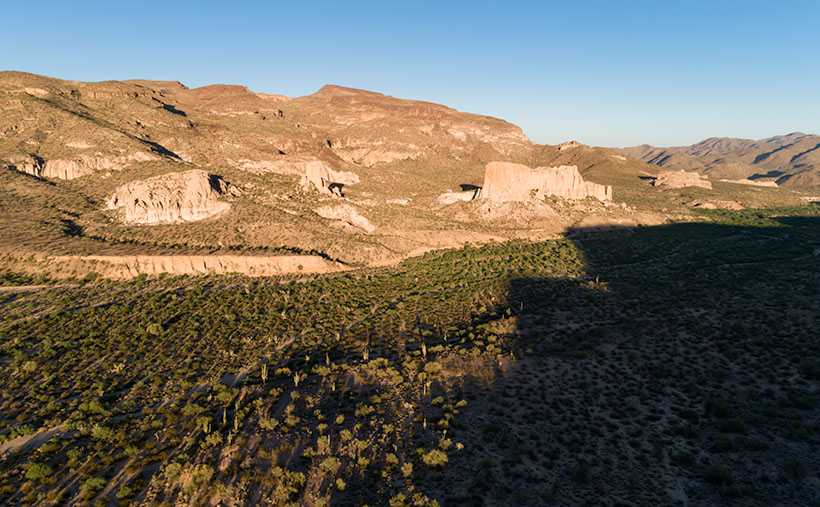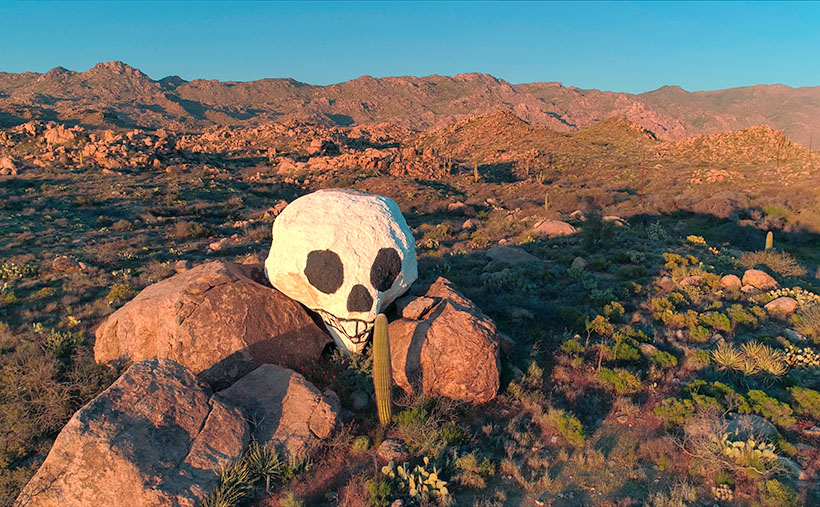It’s been a while since I pointed my camera at an old building. The last time I did was before we all got locked up last year. I did publish that shot of Oatman’s empty streets last year, but that image spoke about desertion rather than historic buildings. I missed this genre because I hung around and worked on other Skull Valley buildings after I shot the train depot in the previous week’s photo.
Shooting architecture is a discipline different from nature photography. That’s because lens distortion is more noticeable when you’re shooting boxes. That’s why view cameras have movements that allow the artist to correct for perspective distortions. These days, you can fix that in Photoshop—to a degree. A photographer can use a couple of other secrets to minimize camera distortion that I could reveal to you, but then I’d have to kill you.
As I grow old, history becomes increasingly important to me, so I wish to tell you the story behind each building I shoot. However, most of my subjects are ordinary, and they’re only historic because they survived the wrecking ball. As a better researcher, I could visit the local museums and city halls to uncover records. Unfortunately, I’m not going to because I’m lazy. If it doesn’t exist on Google, then it never happened.
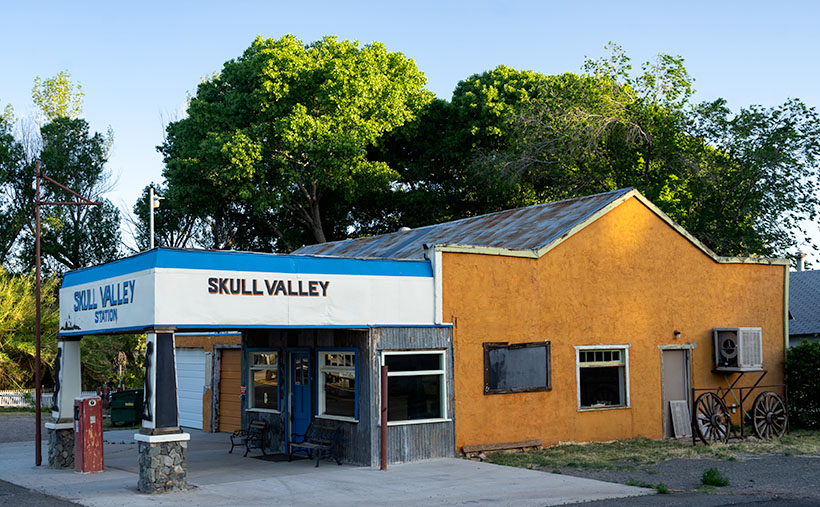
Take this week’s featured image, for example. Up until this year, tenants used this building as a feed store. The pandemic was terrible for their business, and they closed shop early this spring. I don’t know when someone last sold gas here, but the pump is set to 33 cents per gallon. I did find this article from The Daily Courier that suggests that a previous owner—Bob Colbert—didn’t know he owned a service station until he uncovered the original sign under layers of paint. Someone has slapped more paint over the sign again (I wonder what happened to the other two pumps).
We drive by this building each month to the Prescott Costco. It’s on the right immediately after Iron Springs Road crosses the Peavine tracks I talked about last week. I never stopped to take a picture because of the feed signs, and newer vehicles were always parked outside. They kinda ruined the old-gas-state motif. This time, with the early-morning light in the cottonwoods and speckled on the orange façade, I took time to shoot the station from several angles. This week’s featured image is the version I liked best. I called it Skull Valley Station. What else could I call it?
Click here to see a larger version of Skull Valley Station on its Website. We’ll be around Skull Valley for another couple of weeks, so come back and see what else caught my attention.
Until next time — jw

